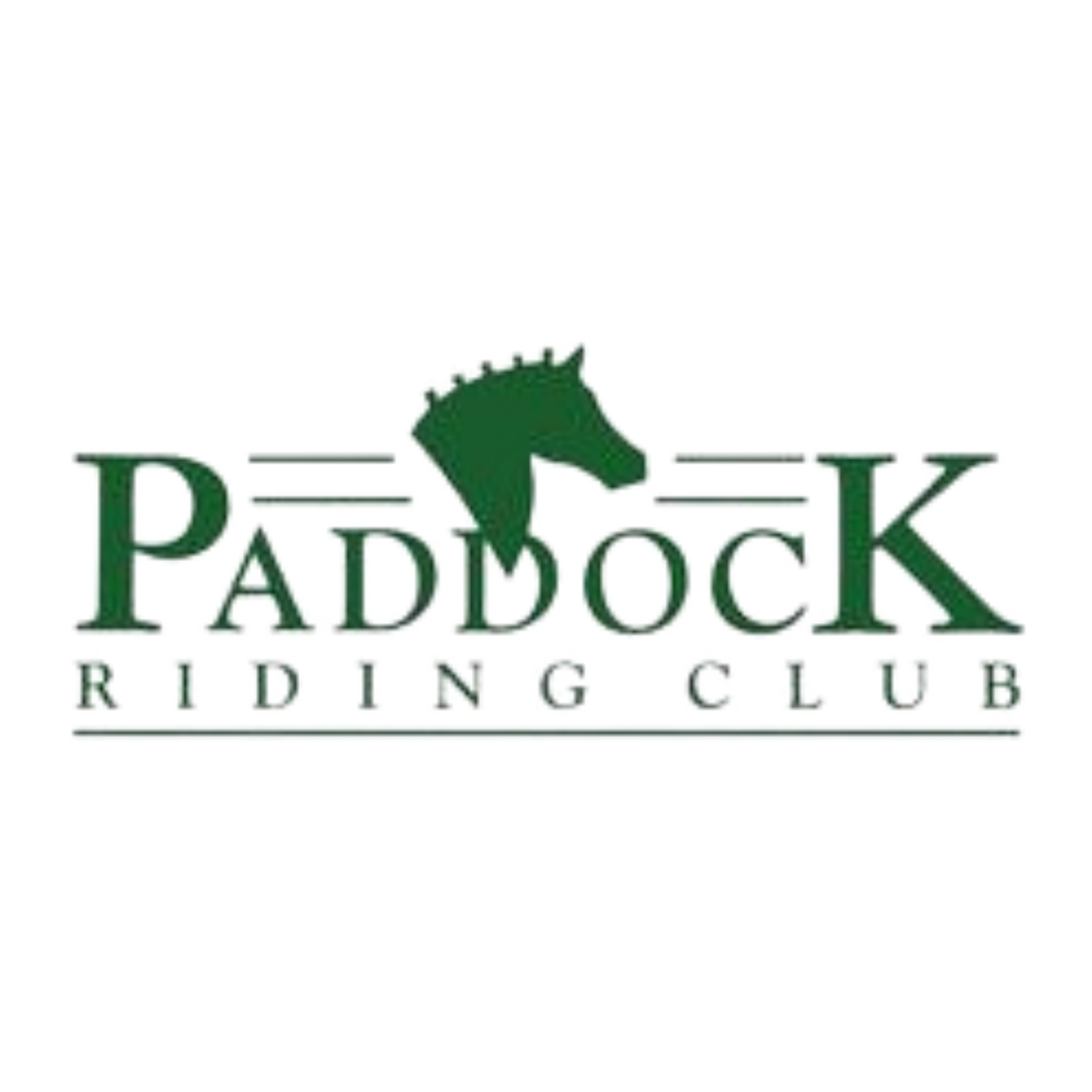Dressage Trainer: Jane McCloud – A Long-Standing History
Several years ago, I drove up to Los Angeles to do a day of equine sessions. Arriving in the early morning, I walked over to the dressage arena. It was one of those delightful mornings with the fog hanging low and the sun just starting to peek through. There was a rider on a beautiful black mare, doing effortless tempi changes across the diagonal. The horse was wearing a simple nathe bit, no noseband. There was a noticeable loop in the reins, which the rider was holding in one hand. Her other arm was in a cast. There was no whip and no spurs in sight.
I was the only other human around. I remember thinking, “THIS is dressage.” It was such a lovely moment between a woman and her horse. There were no crowds to cheer them on, no one to score their ride. It was a delicious moment of harmony. I felt privileged to have chanced upon this magical scene.
Valeree, you may have guessed the name of this rider. It’s our friend, the one and only Jane McLoud, a longtime dressage trainer/instructor in Los Angeles. The horse’s name was Liza. Decades of correct dressage training had honed Jane’s coordination and feel. Over the years, she helped her horse develop self-carriage and she rode in a way that allowed Liza to move with elegant athleticism. So, when Jane fractured her wrist and was in a cast (a non-horse accident, btw!), she still rode. And she rode well. She wasn’t relying on muscular strength.
I often say, “Movement benefits from choice.” This applies to horses as well as humans. Both Jane and Liza demonstrated choice beautifully.
So…. Make use of choice. Experiment with holding the reins in various ways, if what you’re doing isn’t causing any discomfort to your horse. In fact, you can do a lot of this experimenting off your horse, as you were already doing, Valeree.
Feel how you can hold the reins in a way that affords you to feel your horse clearly. That means reducing your muscular effort.
In my clinics, I often ask my students to hold their reins in the “driving reins” style. That can cause a complete change in how the rider organizes the muscles in her upper back, shoulders, arms and hands! It’s amazing how many “AHA” moments come about from this change. The riders can then switch back and forth between the different ways of holding the reins, keeping the lightness they felt in the “driving” style. It’s a fun exercise to do with your horse.
We then play around with holding one rein the usual way and one in a driving style way. And then switch which hand is doing what.
The idea of inviting this level of variation and experimentation is to get the attention of your nervous system. So much of what we do is habitual. Our unconscious is just running these programs in the background. And many of them are not in our best interests. Or our horses’ best interests.
Novelty, variation and experimentation promote the creation of new neural connections which gives us more CHOICE in what we do. And how we feel. Movement – and life – benefit from choice.
Keep playing, exploring and sensing
ABOUT THE AUTHOR
Mary Debono
Certified Feldenkrais® Practitioner
Certified NLP Practitioner
Movement & Mindset Coach

